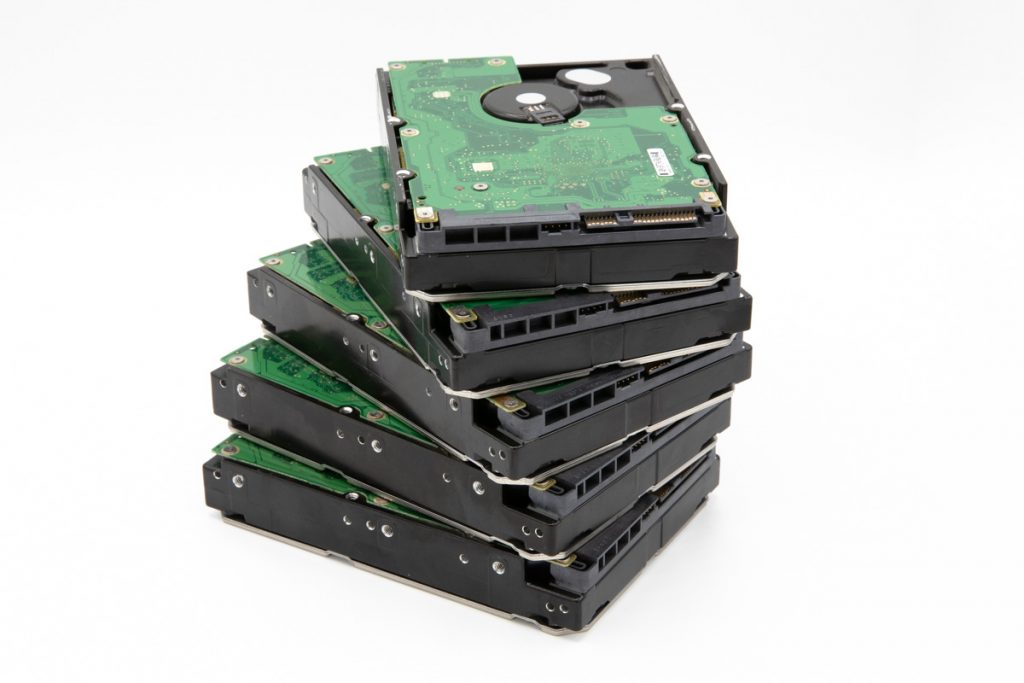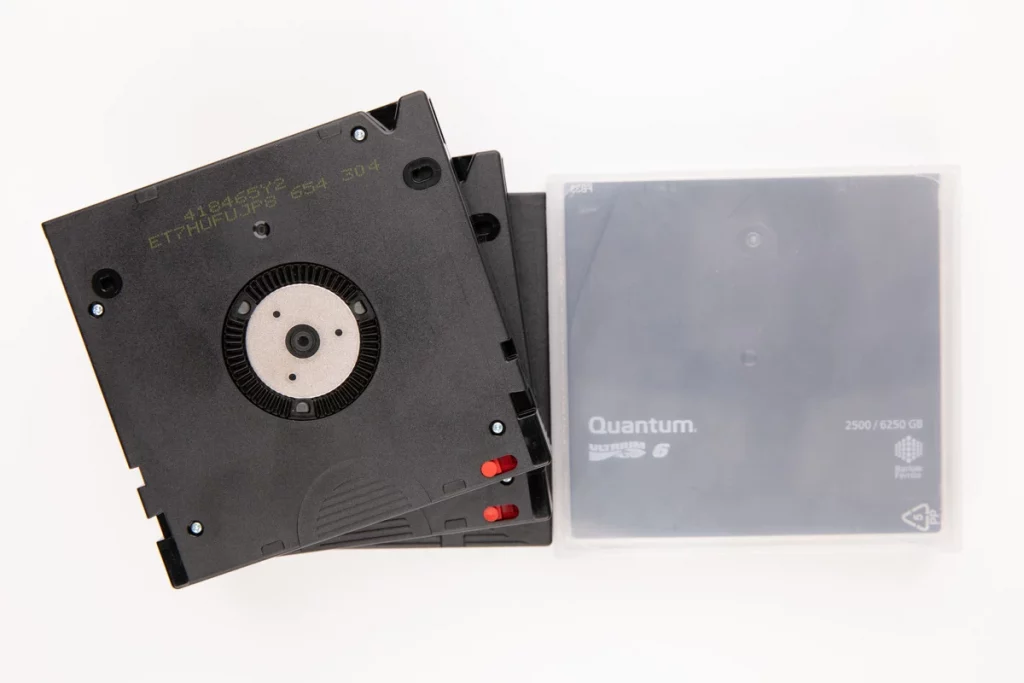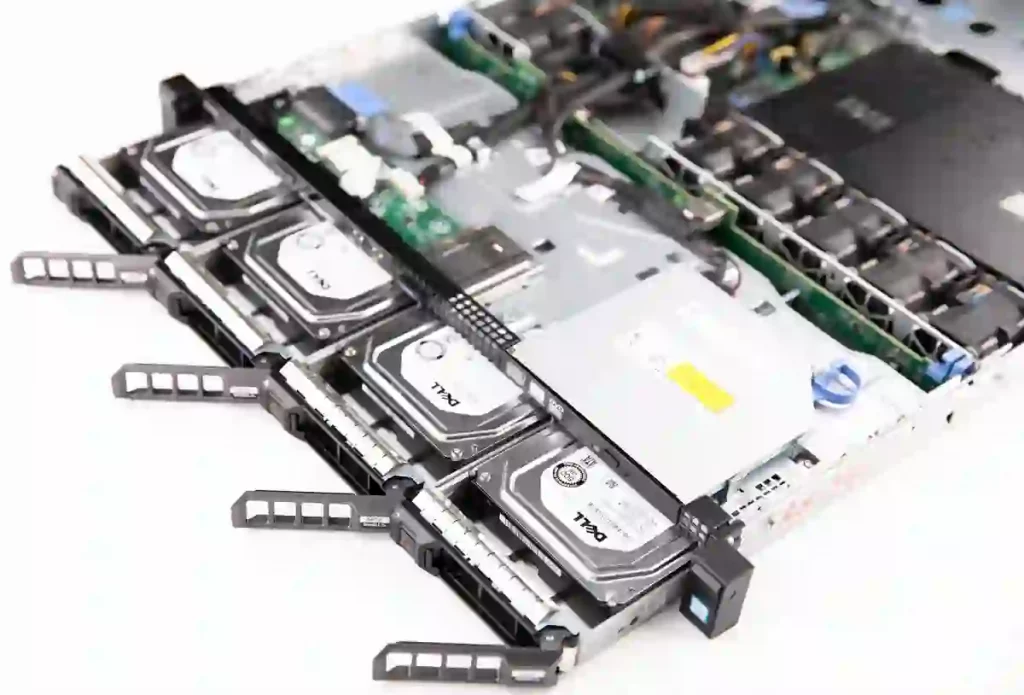RAID vs Backup is a prominent topic of discussion regarding data protection and recovery strategies in the IT world. Both methods have unique advantages and play a critical role in safeguarding information.
However, understanding their differences, similarities, and optimal use cases is key to implementing an effective and comprehensive data protection plan. This blog will delve into the intricacies of RAID and Backup systems and help you decide the best strategy for your data safety needs.
What is RAID
RAID is a technique used to safeguard data in the event of a hard disk failure by storing identical data in various locations across multiple hard disks. It enhances the performance and increases the data protection level of your storage subsystems. Depending on the configuration, RAID can serve several purposes, such as improving data integrity, maximizing throughput, or creating a disaster recovery strategy.
Different RAID levels offer varying benefits and drawbacks. For example, RAID 0 offers striping but no redundancy or fault tolerance, making it ideal for tasks that require high read and write speeds, such as video editing.
RAID 1 provides mirroring without parity or striping and is beneficial for high-write applications. RAID 5 offers striping with parity, ensuring data protection by allowing the system to continue even if one drive fails.

However, it comes with a write penalty. It is crucial to understand these differences to decide the appropriate RAID level for your use case, considering the importance of data protection, system performance, and cost.
What is Backup
A backup is a copy of data that can restore the original in a data loss scenario. Backups are paramount as they ensure business continuity, safeguard critical information, and protect against potential cyber threats such as ransomware attacks. They serve as a fail-safe, providing that your data is not permanently lost if there is a hardware failure, data corruption, or accidental deletion.

Backups can be of three types – Full, Incremental, and Differential. A full backup involves creating a complete copy of all data. It is the most comprehensive but demanding regarding storage space and time.
Incremental backups, on the other hand, only back up the data that has been changed or added since the last backup, making it quicker and less storage-intensive. Differential backups find a middle ground by backing up only the alterations made since the last complete backup.
Each backup type has advantages and limitations, with trade-offs between storage space, backup and recovery times, and data currency. The importance of offsite backups also cannot be overstated. By storing backups in a location separate from the primary data, you ensure that your backups are protected against physical damage or loss that could affect your main site.
Difference Between RAID and Backup
RAID vs. Backup, although serving similar ultimate goals of data protection, are fundamentally different in their methods and applications. While RAID focuses on real-time redundancy to enhance performance and prevent data loss during drive failure, Backups ensure a separate, retrievable copy of data exists to restore in the event of data loss or corruption. Let’s check the differences between backup and RAID.
While both RAID and Backup systems aid in data protection, they serve distinct purposes and should not be considered interchangeable.
Purpose
RAID primarily focuses on preventing data loss due to hardware failure, reducing downtime, and enhancing performance. On the other hand, backup systems are designed to restore data in various data loss scenarios, ranging from accidental deletions and data corruption to cyberattacks.
Data Recovery
In a RAID system, if a drive fails, its data can be recreated from other drives within the array, enabling the system to continue functioning. A backup system, however, provides a separate copy of the data that can be restored if the original data is lost or damaged.
Point of Failure
In RAID systems, a simultaneous failure of two or more drives (depending on the RAID level) could lead to irreversible data loss. In contrast, a comprehensive backup strategy that includes offsite backups can protect data even in catastrophic events that could wipe out original and on-site backups.
Storage efficiency
RAID systems require multiple drives, which can be cost-prohibitive for large volumes of data. Backups, especially incremental or differential ones, can be more space-efficient as they only store changes made since the last backup.
Data Versioning
Backup systems can keep multiple versions of files, allowing restoration to a specific point in time. RAID systems lack this functionality, only storing the most recent data version.
Therefore, an effective data protection strategy should ideally involve both RAID for fault tolerance and performance improvement and backups for robust and comprehensive data protection.
Backup vs RAID Cost Considerations
Backup vs RAID cost considerations vary greatly depending on system needs and capacity. RAID systems can be more expensive initially due to the need for multiple physical drives of the same size and type. However, this cost might be justified with the performance improvement and immediate data protection they offer. Additionally, RAID system costs are largely upfront, with minimal ongoing costs.
Backups, on the other hand, may appear less costly at first glance. Costs for backup systems can scale based on how much data is backed up and how often backups are performed.
Depending on the chosen backup method, costs can include physical storage devices for local backups or ongoing subscription fees for cloud-based backup services. Additionally, backups may require more administrative oversight, potentially increasing labor costs.

Therefore, when weighing Backup vs RAID, one must consider immediate and long-term costs concerning their specific data protection needs and budget.
RAID Recovery Solutions
In conclusion, RAID and backups serve distinctly different but equally critical roles in a comprehensive data protection strategy. Utilizing RAID can provide immediate protection against hardware failure and enhance system performance, while backups offer robust insurance against a wider range of data loss scenarios.
However, even the best precautions can’t completely eradicate the risk of data loss. If your RAID system suffers a failure and your data is at stake, Raid Recovery Services is an ideal solution. Our expert team specializes in RAID recovery and has a proven track record of retrieving data from various RAID levels. Contact Raid Recovery Services today and safeguard your crucial data.
Frequently Asked Questions
What is the difference between RAID and Backup?
RAID is a method for spreading data across multiple disks for data redundancy and improved performance. At the same time, Backup is a way of creating copies of data that can be restored in event of a data loss event.
Can RAID replace backups?
No, RAID and Backups serve different purposes and should be part of a comprehensive data protection strategy. RAID is used for real-time data protection, while backups restore data in case of accidental deletion, corruption, or cyberattack.
Why are offsite backups important?
Offsite backups provide additional protection, ensuring your data is safe even if physical damage or loss affects your main site.
What are the cost considerations between RAID and Backup?
RAID systems might have higher initial costs due to the need for multiple drives but minimal ongoing costs. Backup systems might seem less expensive initially, but the costs can scale based on the data size and backup frequency.
What should I do if my RAID system fails?
If your RAID system fails, it’s recommended that you contact professional data recovery services such as Raid Recovery Services. They have a proven record of successfully retrieving data from various RAID levels.